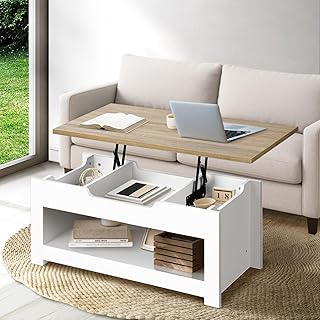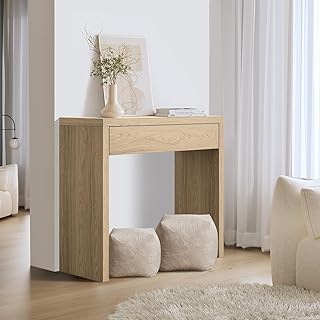Modern interior design has been a prominent movement since the 20th century, emphasizing simplicity, functionality, and warm, inviting spaces. This design style has stood the test of time, evolving over the years while maintaining its core principles.
One key aspect of modern design is the use of sustainable materials, such as wood, bamboo, and linen, to create eco-friendly and durable interiors. Embracing sustainable practices is crucial in today’s world to reduce environmental impact and create spaces that are both stylish and responsible.
Open-concept spaces are another hallmark of modern interiors, allowing for seamless transitions between different functional areas within a home. From combined kitchen and living areas to versatile basement layouts, modern design focuses on creating cohesive and livable spaces for families to enjoy.
Lighting plays a crucial role in modern interior design, with an emphasis on maximizing natural light and incorporating various lighting fixtures for added ambiance. From statement pendants to integrated LED lighting, a well-lit space enhances the overall aesthetic and functionality of a modern home.
Biophilic design is a growing trend in modern interiors, bringing elements of nature indoors to create a sense of tranquility and connection with the outdoors. Whether through living walls, potted plants, or natural materials, incorporating biophilic elements can energize and enhance any room.
Wood slat accent walls have become a popular feature in contemporary interiors, adding warmth and texture to modern spaces. Additionally, curved furniture and organic shapes can soften the clean lines of a modern design, creating a more inviting and dynamic environment.
Geometric patterns are often used in modern interiors to add visual interest and balance to minimalist aesthetics. Mixing patterns on various surfaces, from walls to furniture, can create a contemporary and stylish look that complements the overall design scheme.
Organic modern style combines sleek forms with natural elements to create a harmonious and inviting atmosphere. This design approach focuses on minimalism, texture, and warmth, striking a balance between modern sophistication and natural beauty.
Modern bathrooms can be updated with wet room designs, featuring open-plan walk-in showers for a sleek and accessible layout. Linear fireplaces, Japandi style, and colorful accents are other modern design elements that can elevate the look and feel of a contemporary home.
Color drenching, large-scale wallpaper, and moody spaces are additional trends that bring a fresh and modern twist to interior design. By embracing bold colors, unique patterns, and atmospheric hues, homeowners can create personalized and stylish spaces that reflect their individual taste.
Overall, modern design is characterized by clean lines, functionality, and a minimalist aesthetic that prioritizes simplicity and comfort. By incorporating key elements such as sustainable materials, open layouts, and natural light, modern interiors can achieve a timeless and sophisticated look that is both practical and visually appealing.
📰 Related Articles
- Stockholm Design Week Showcases Modern Scandinavian Design Trends
- Opel Mokka’s Bold Update: Vibrant Colors and Sustainable Design Define the Modern SUV
- Exploring Modern Interior Design Trends for Stylish Living Spaces
- 2025 Fashion Trends: Embracing Soft Power and Modern Sophistication
- Workplace Learning Trends 2025: Embracing Innovation for Organizational Success






